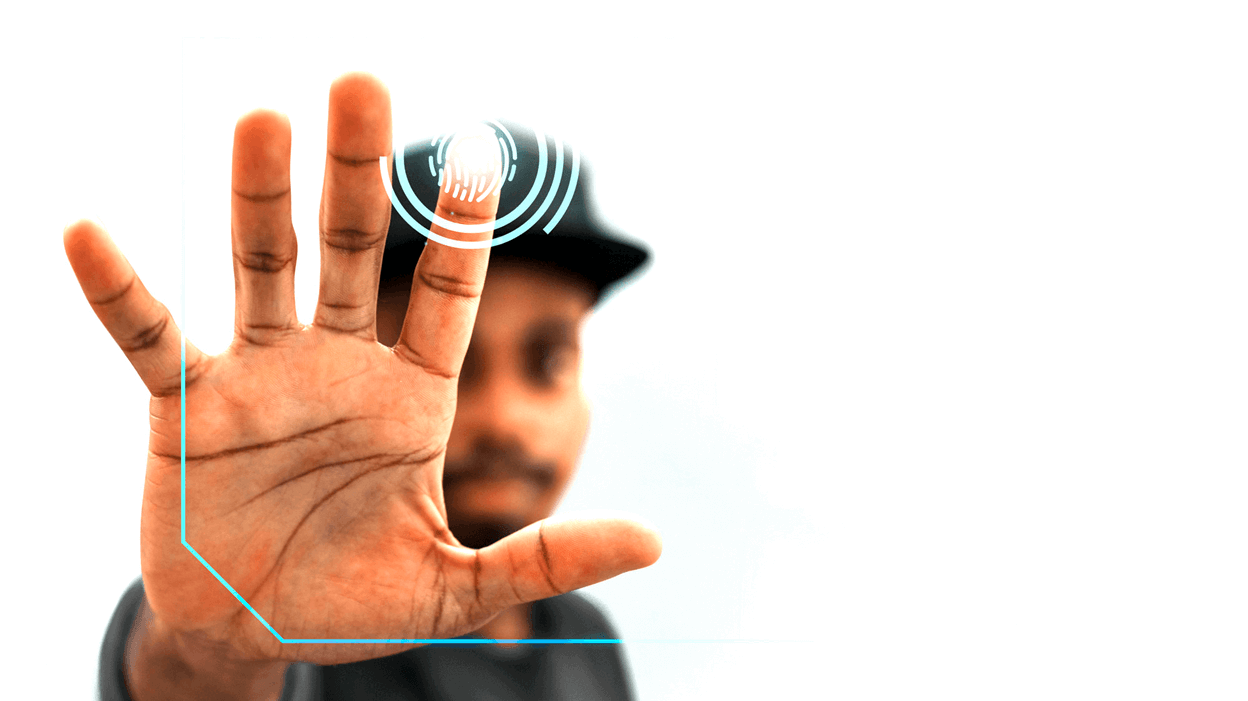“Give me six hours to chop down a tree and I will spend the first four sharpening the ax.” – Abraham Lincoln
The fact that you are able to read this post means that you have a measure of digital literacy. The text herein is in a digital format meaning you need a digital device most probably a smartphone, PC or other smart device. Why then do you need to be a digital literate? You may ask, because you can fire up a PC, open a word processor to type a letter, have a good idea of how to get by on social media, can read and reply your email address.
What is Digital Literacy
Cornell University defines digital literacy as “the ability to find, evaluate, utilize, share, and create content using information technologies and the Internet.”
Digital literacy, by this definition, encompasses a wide range of skills, all of which are necessary to succeed in an increasingly digital world. As print mediums begin to die out, the ability to comprehend information found online becomes more and more important.
Most people today already use digital technology, such as tablets, smartphones, and computers, at home. Almost all of us know how to navigate the web, share images on social media, and do a Google search to find information. However, true digital literacy goes beyond these basic skills.
Who is a Digital Literate?
American Library Association defines a digitally literate person as one who:
- Possesses technical and cognitive skills to process information in various formats,
- Can use different technologies effectively,
- Utilizes digital features to collaborate with others and participate actively in civic society and improve communities.
But also optimizes digital literacy skills and abilities to:
- Curate data and media,
- Consume safe and credible online information,
- Create relevant content,
- Create forums of like-minded people for various subjects.
Why is Digital Literacy Important
Because digital literacy is so important, educators are increasingly required to teach students digital literacy in the classroom. In many ways, this is similar to what educators have always done in teaching students to read and write. In other ways, however, digital literacy is a brand new skill.
What Are the Principles of Digital Literacy?
Digital literacy learning and development is based on four main principles, such as:
- Comprehension: This principle applies to the ability to understand digital content.
- Interdependence: A key component of developing digital literacy is understanding how all media forms are interconnected and how users can consume content more easily.
- Social Factors: Age, education, gender, income, and household type help understand how particular media is perceived or what content is more successful. So, it’s no wonder these factors play a huge role in creating an organic ecosystem of creating, sharing, and storing media or content and long-term success.
- Curation: This principle allows users to find, organize and save digital content to their preferences.
One of the most important components of digital literacy is the ability to not just find, but also to evaluate, information. This means finding the answer to a question or a bit of needed information and then judging whether the source is reliable. Educators can, and should, teach students how to tell whether information on the internet is true. The ability to weed out false information and find reliable sources is a key part of digital literacy and a crucial life skill in the 21st century.
Educators can start by teaching students how to find author information, dates of publication, and other information that can reveal whether an online source is reliable. Students should also learn to tell the difference between different types of websites. For example, a .com site may be less reliable than a .edu site. Understanding these differences is one example of digital literacy.
Learning how to locate information is just one part of digital literacy. Knowing how to share information is another. Students today are constantly warned about the dangers of posting inappropriate images or text online, but it’s still important for teachers to discuss. The ability to create and share online is considered a part of digital literacy and should be taught in schools.
Students should know how digital writing differs from traditional writing—for example, how to include images and links in writing. They should also have an understanding of what kind of audience they’re sharing with online. Just like a personal narrative essay differs from a research paper, a post on Facebook is different from an article for a website or blog.
As technology becomes a part of daily life, it’s more important than ever for educators to teach digital literacy. Whether they plan on going to college or not, students will need digital literacy to be successful in their personal and professional lives.
